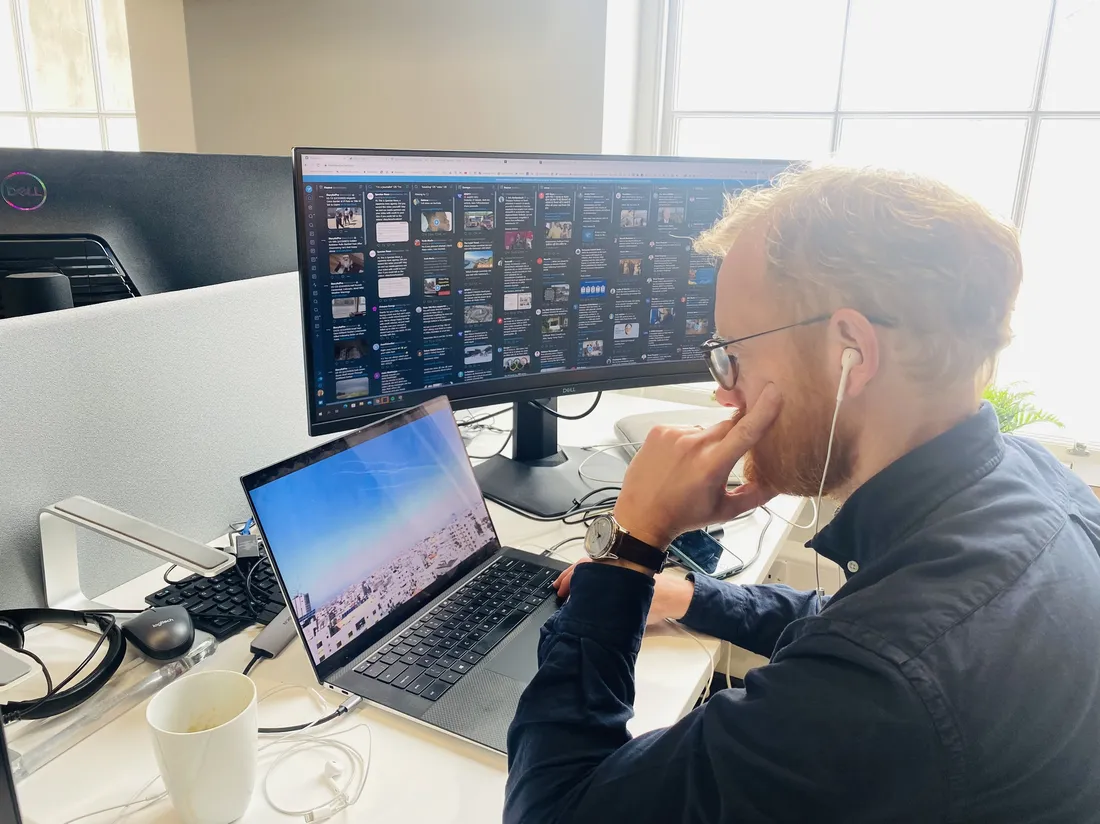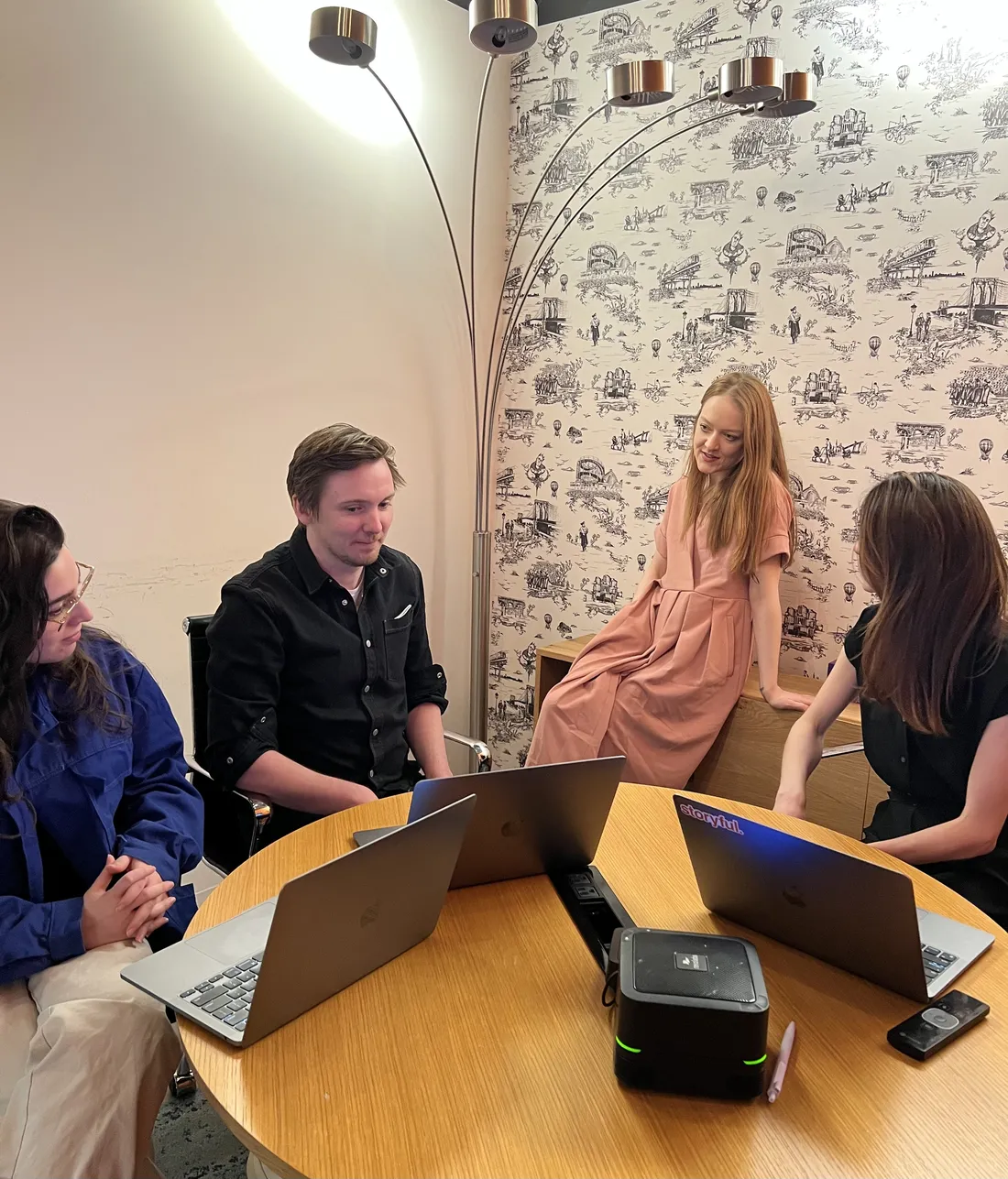Sourcing verified user-generated footage
When social media lets anyone with a smartphone tell a story, how do news organizations decide which stories are real? Newsrooms — often operating with limited resources — are left to verify footage as it emerges from breaking news stories and identify misinformation.
Storyful, launched in 2009 by Dublin-based journalists, tackles this challenge head on. They act as a “social media newswire,” providing reporters with verified eyewitness news footage and viral video, and helping newsrooms detect false or manipulated content.
“Our mission is to provide trustworthy content and deep context to our news partners,” says Rhona Tarrant, Storyful’s U.S. news editor. “We not only verify footage but also debunk misinformation that often disproportionately targets minority and marginalized communities.”








